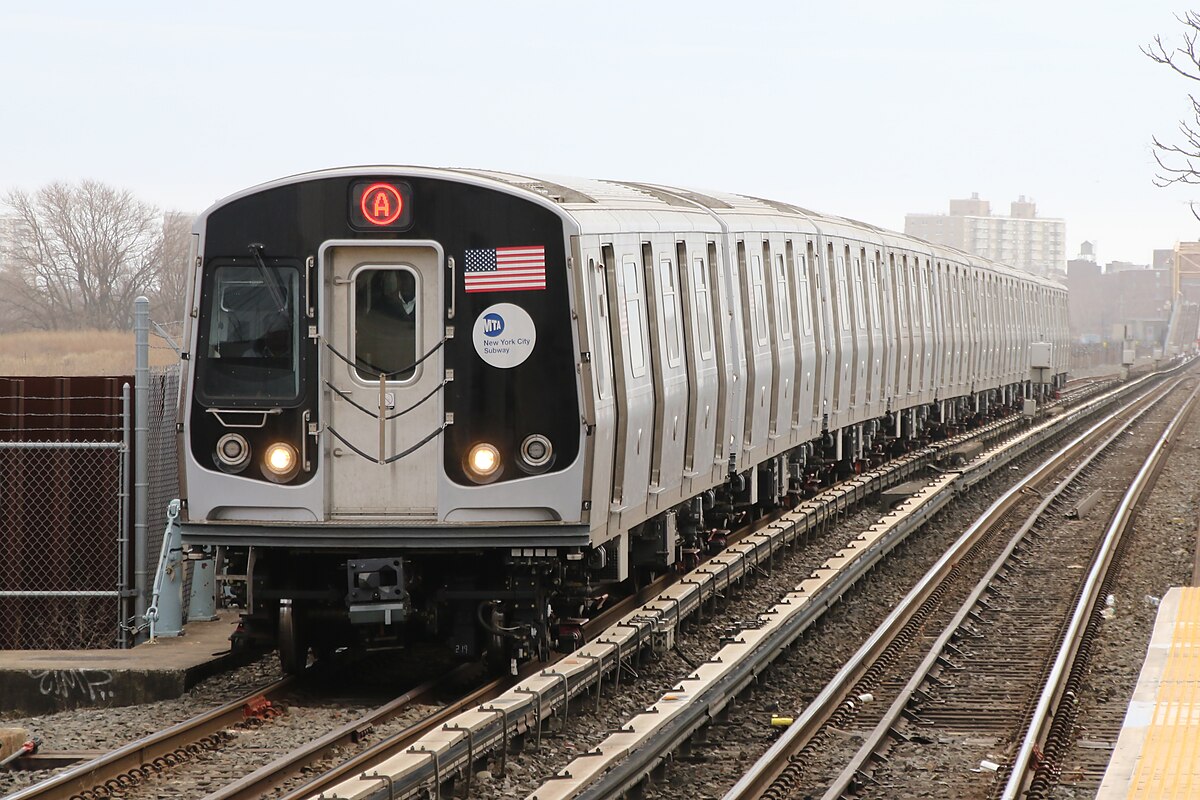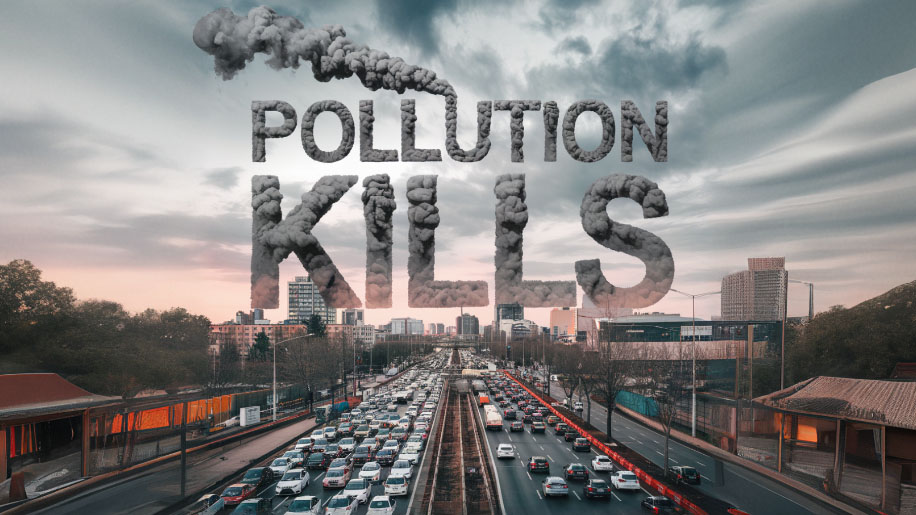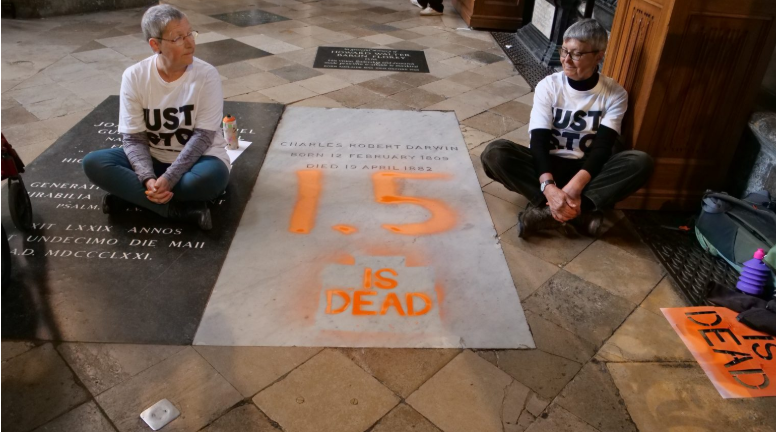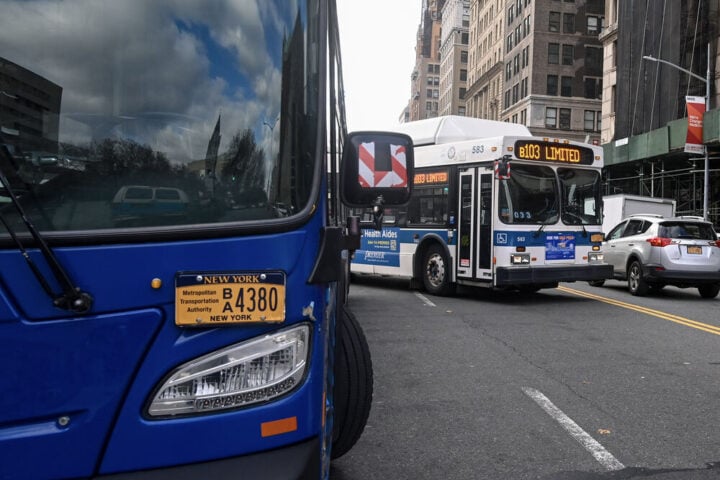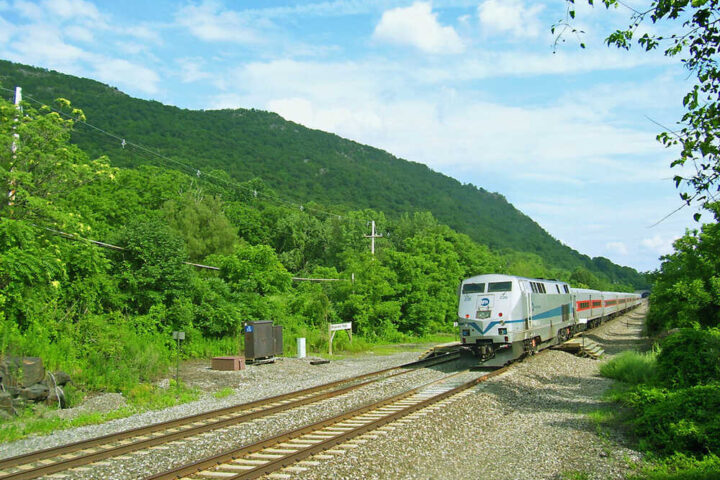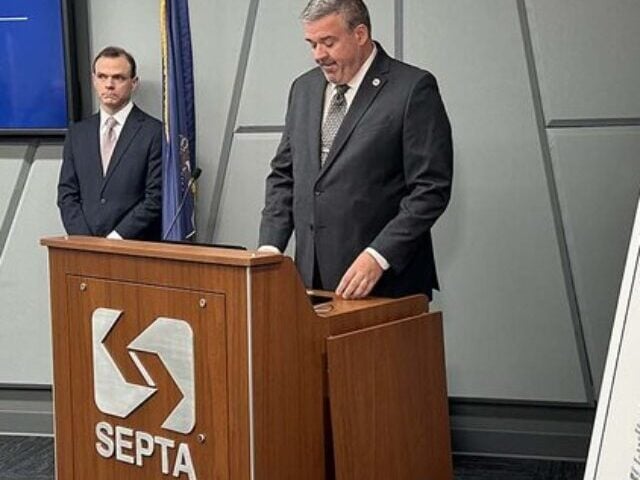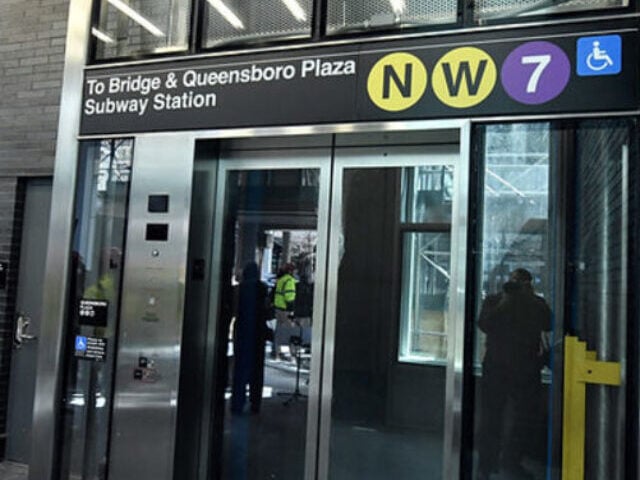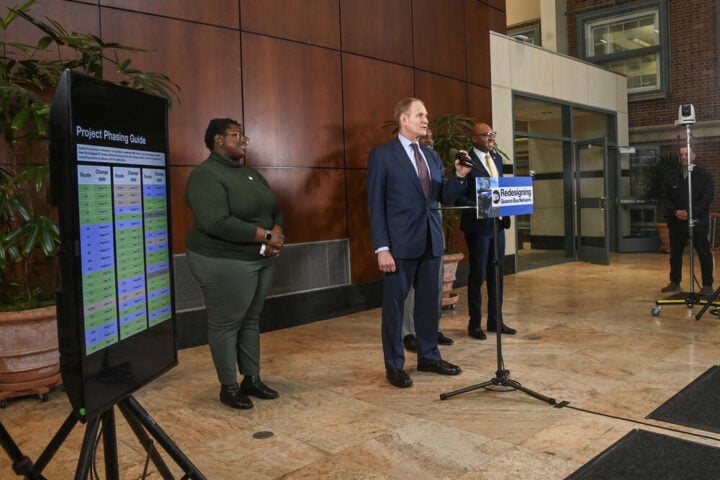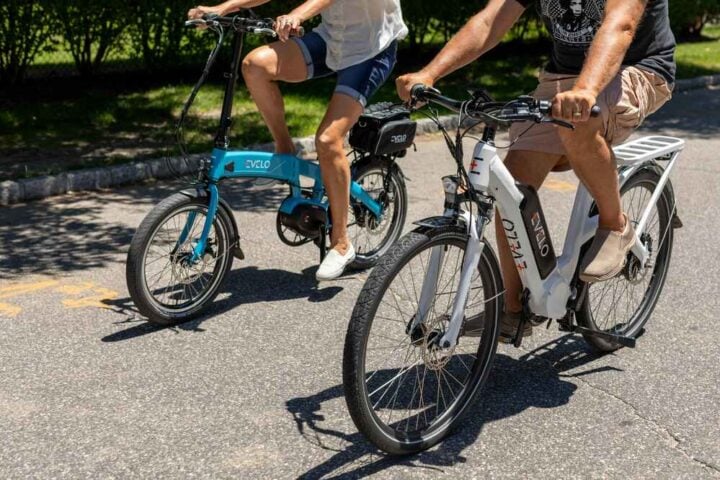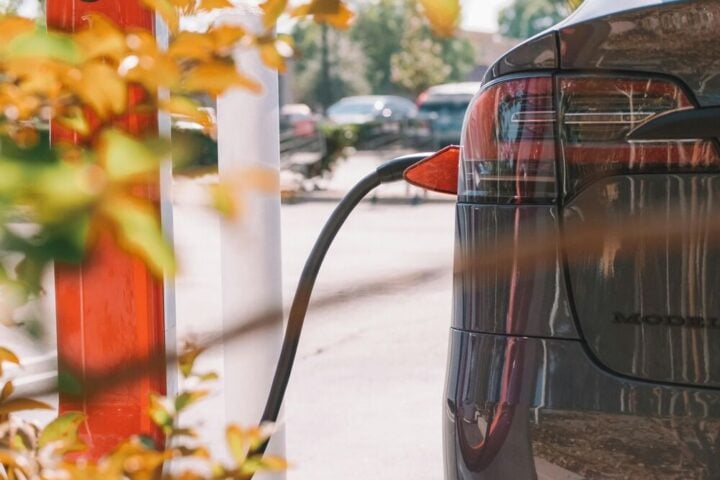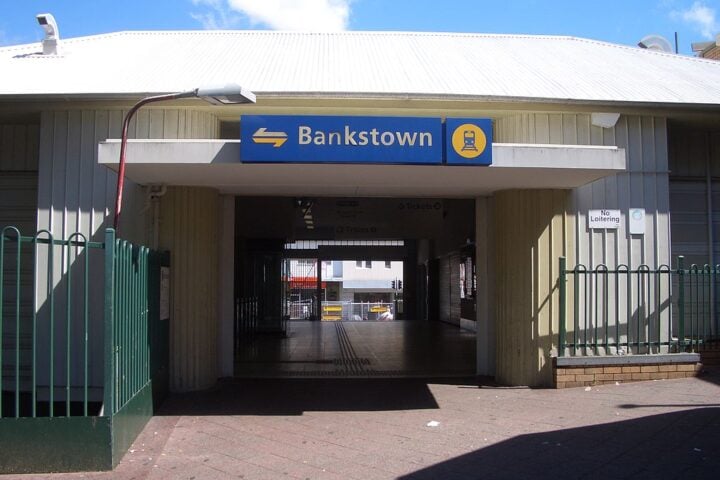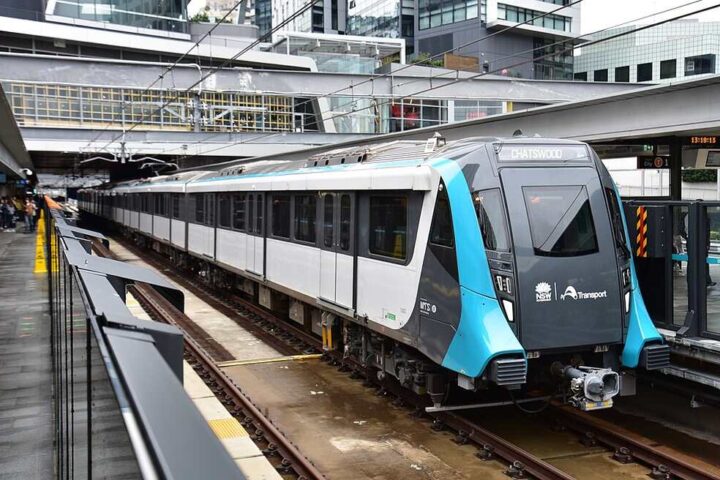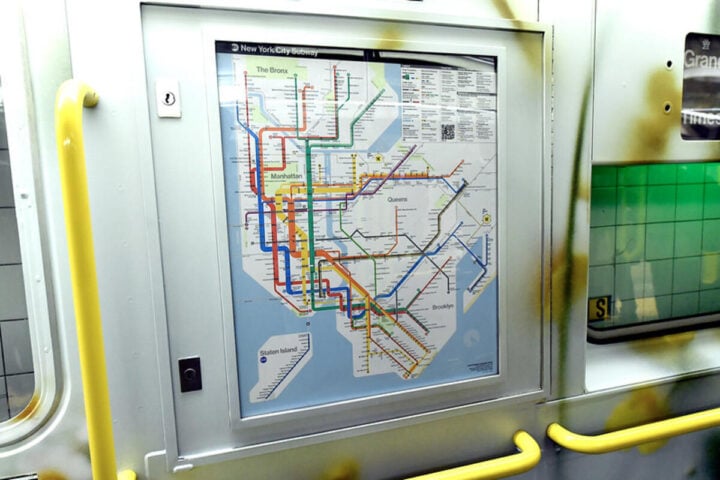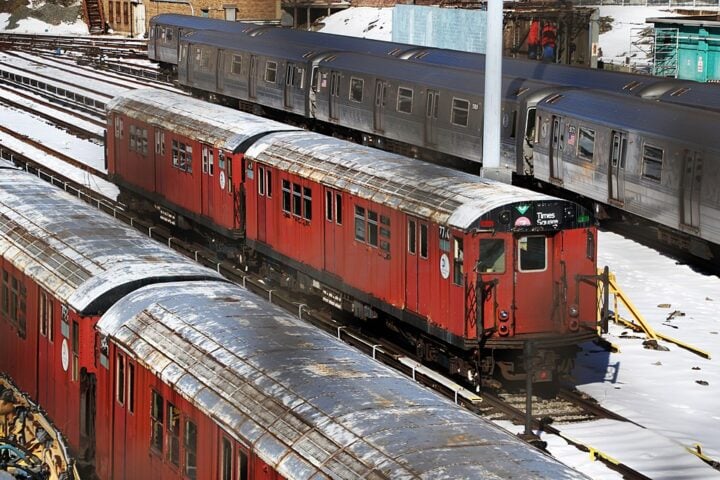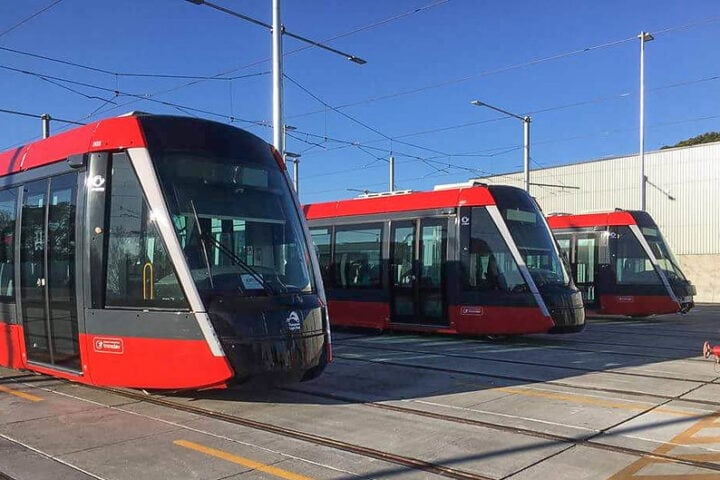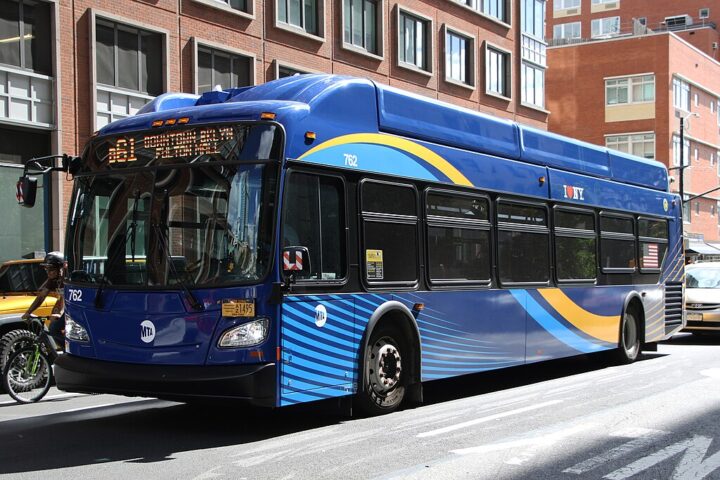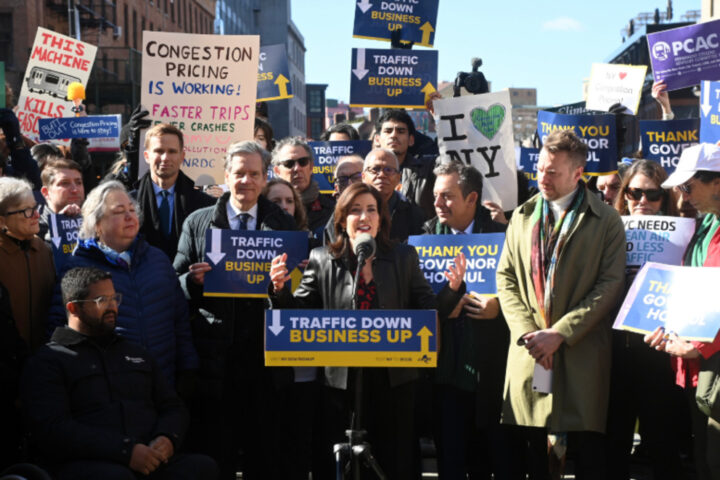Governor Kathy Hochul’s new subway safety plan brings major changes to New York’s transit system. The changes come at a time when subway crime has dropped 5.4% in 2024 compared to 2023, yet recent violent incidents have raised public concerns.
“No one should be in fear that they’ll be a victim of crime as they commute to work, go to school or enjoy a night out,” Hochul said during her State of the State address. Her plan puts two police officers on every subway train from 9 p.m. to 5 a.m. for six months. This means 750 NYPD officers across stations and 300 more in train cars, focusing on 30 stations where half of all transit crimes occur.
The MTA will install safety barriers at more than 100 subway platforms by 2025. These barriers will first appear at busy stations on the 1, 2, 3, 4, 5, 6, 7, F, M, and L train lines. New fare gates will come to 20 stations in 2025 and 20 more in 2026, starting at three major hubs: 42nd Street-Port Authority, Delancey Street-Essex Street, and Roosevelt Avenue-Jackson Heights. Every station will get new LED lighting to improve visibility.
Alex Gorbanski, a Manhattan resident, supports these changes, especially with upcoming congestion pricing bringing more riders to trains. But not everyone agrees with the approach. “That sounds pretty ludicrous to me,” says Brooklyn Assemblymember Emily Gallagher. “That sounds pretty ludicrous to me, We know that police presence does nothing for public safety.”
The plan also tackles homelessness in the subway system. The Safe Options Support program has already helped 850 people find permanent housing. Now it will add medical care right on the streets and more 24-hour welcome centers near end-of-line stations. But the Coalition for the Homeless argues this isn’t enough: “The only solution to homelessness is housing, paired with supportive mental health services for those who need it.”
Similar Posts
Police Commissioner Jessica Tisch points to another problem: repeat offenders. “The revolving door in the criminal justice system has allowed too many violent and repeat criminals back on the streets,” she says. Hochul’s plan includes changes to keep repeat offenders off trains.
MTA Chair Janno Lieber sees these changes as crucial for New York’s future. “Mass transit is one of the few things that helps make New York affordable,” he says. Danny Pearlstein from the Riders Alliance adds that fixing the aging subway system “is non-negotiable.”
The plan’s success depends on how well police, mental health workers, and transit staff work together. Early results will show at the first three stations getting upgrades. These changes affect everyone using the subway – commuters heading to work, students going to school, and workers keeping the system running.
Lisa Daglian from the Permanent Citizens Advisory Committee to the MTA sums up the stakes: “Ensuring riders’ safety on transit is key to getting and keeping them on board.” With nearly millions of daily subway riders, these changes touch almost every New Yorker’s life.
This overhaul brings real changes to daily subway rides: officers on night trains, new barriers between platforms and tracks, brighter stations, and more help for people living in the subway. Time will tell if these changes make New York’s subway system safer for everyone who relies on it.
